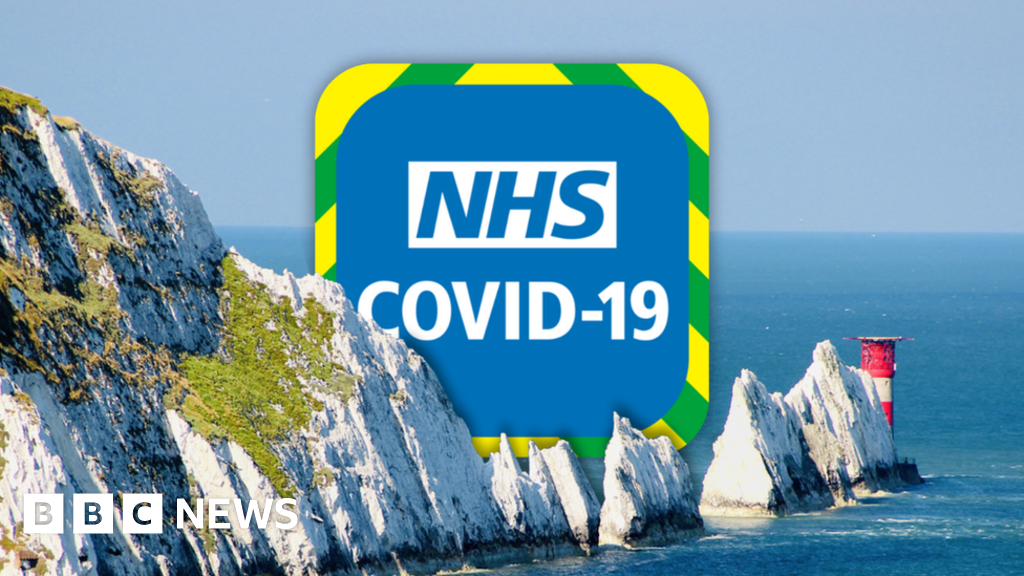By Rory Cellan-Jones
Technology correspondent
The original NHS Covid-19 app, which was shelved, would have worked on a larger number of handsets than the app which launched in England and Wales this week, I have discovered.
VMware Pivotal, the firm behind it, has just published its software code.
It shows that it works on 97.5% of handsets, and provides more accurate measurements of contacts between users.
One expert told me the first app was better – but VMware Pivotal says it does not wish to compete.
The new app doesn’t work with a variety of older phones, including iPhones made before 2015, and Android phones not running the Android 6.0 operating system or above.
It can also generate false readings of close contacts in a third of cases.
“Compared to version two of the NHS app that we’re using now, this app appears to have a significant advantage in terms of distance-measuring accuracy, at least up to about eight metres,” said Prof Alan Woodward, a computer scientist at Surrey University.
VMware Pivotal was contracted by the health service’s digital division NHSX to work on the original contact-tracing app, which was trialled on the Isle of Wight in May.
In June it was shelved because the app, developed without the co-operation of Apple and Google, failed to pick up contacts between iPhones when they were asleep.
Under the management of Baroness Harding’s Test and Trace organisation, a new team started work on an app using the Apple Google privacy-focused toolkit, which had already been adopted by many other countries.
‘We’re all friends’
But engineers at VMware carried on developing the Bluetooth technology behind their app and believe they have improved it, going some way to mitigating the problem with detecting iPhones and making the measurement of distance between phones even more accurate.
But VMware insists that it is not trying to reopen the argument about which technology the NHS app should use.
It says it has been talking to Apple and Google, and the hope is that they can take some aspects of the Herald Bluetooth system to improve their technology, which the majority of government contact tracing apps use.
The company also points out that the Apple Google system is only available to governments, so businesses such as cruise ships or office buildings might wish to develop their own apps using the Herald technology.
“The last thing we want this to be seen as is adversarial,” an engineer at VMware said, insisting there was no rivalry with the team that built the final version of the NHS app.
“This is a whole bunch of people worldwide working together. We’re all friends.”
Prof Woodward said that while the VMware software was likely to be more effective than apps based on the Apple/Google API, “it retains the privacy issues discussed at the outset of building these apps”.
Apple and Google have said they are examining an upgrade to their system which should improve its accuracy in measuring distance. That would lead to better performance for all countries using the platform, including the NHS Covid-19 app.

